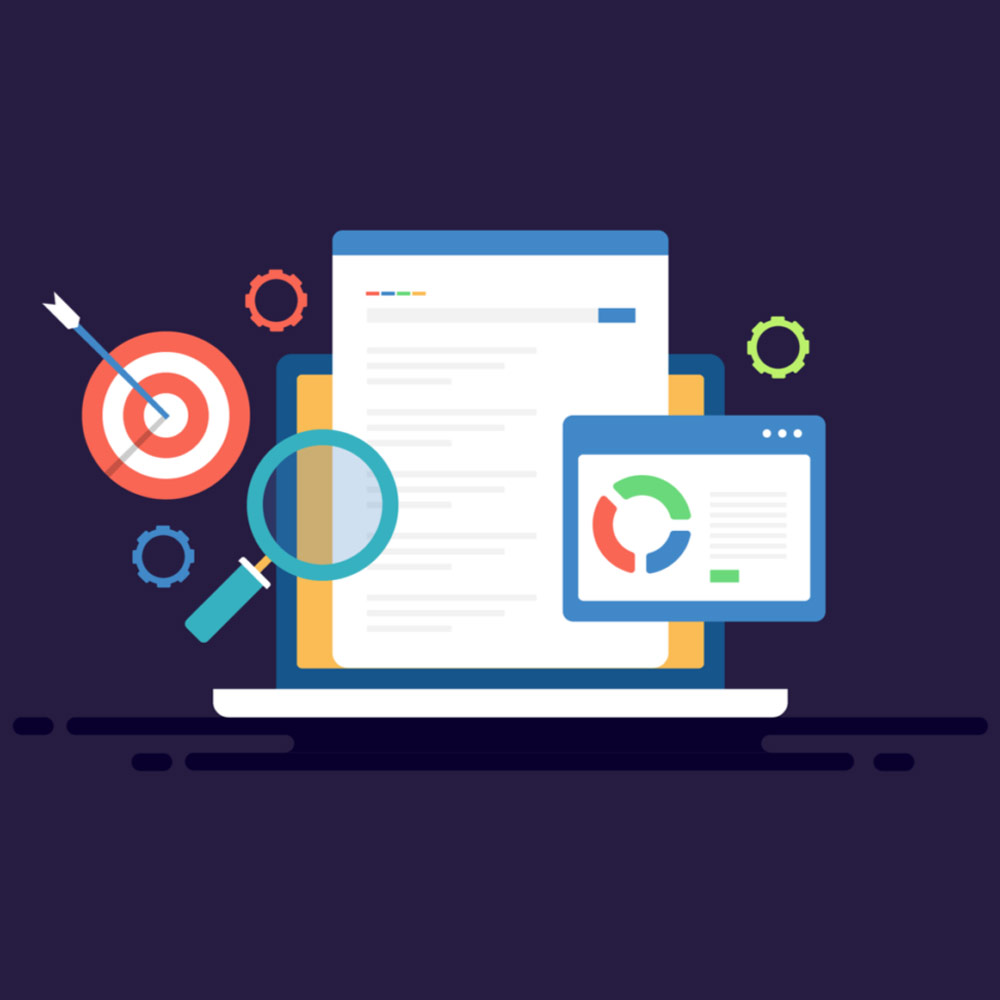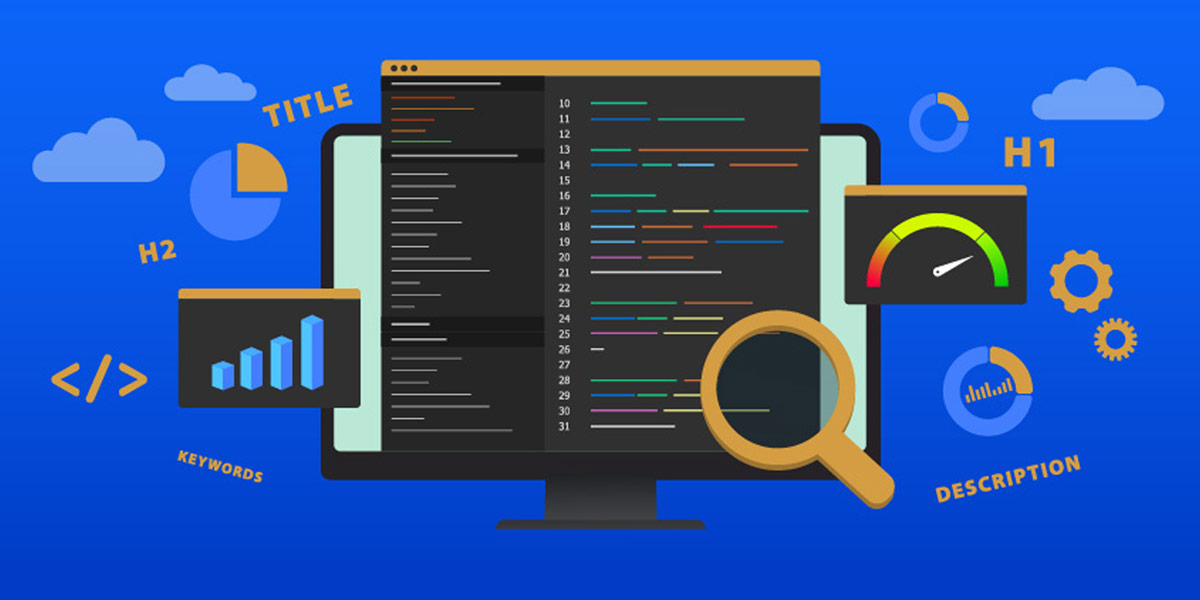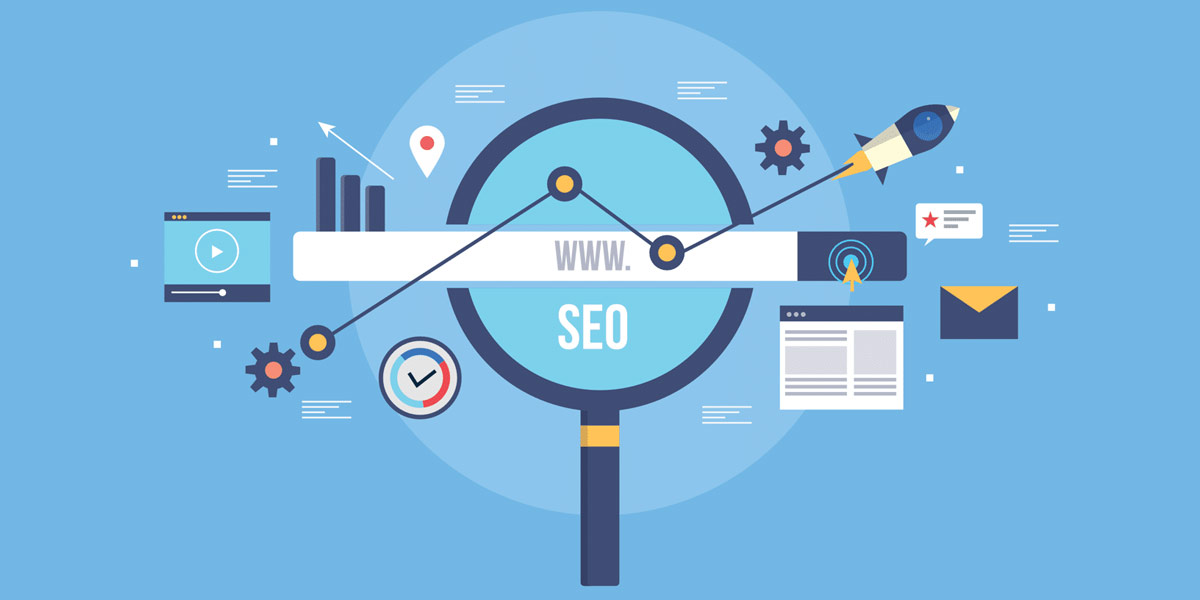Boost Your Rankings with the Ultimate On-Page SEO Checklist 2023

Are you tired of seeing your website rank lower than your competitors on search engines? Do you feel like you’re doing everything right, but still not getting the results you want? It could be time to revisit your on-page SEO strategy. While it may seem like a daunting task, there are simple and effective steps you can take to improve your website’s rankings. In this blog post, we will provide you with the ultimate on-page SEO checklist that will help boost your rankings and drive more traffic to your website. So, get ready to take notes and watch as your website climbs up the search engine results pages!
Understanding On-Page SEO: A Comprehensive Guide
On-page SEO check is the practice of optimizing individual web pages to rank higher and earn more relevant traffic in search engines. It involves optimizing both the content and HTML source code of a page, as opposed to off-page SEO which refers to external signals like backlinks and social media shares. The goal of on-page optimization is to make it easier for search engines to understand the content of a page and provide users with the most relevant results possible. This includes optimizing for keywords that are relevant to your business or industry, creating high-quality content that provides value to your audience, and ensuring that your website is technically sound and easy to navigate. By implementing effective on-page SEO analysis, you can improve your website’s visibility in search results, attract more qualified traffic, and ultimately drive more conversions and revenue for your business.

Boost Your Rankings with the Ultimate On-Page SEO Checklist 2023 – Understanding On-Page SEO
Keyword Research: The Foundation of On-Page Optimization
Keyword research is the foundation of on-page optimization. It involves identifying the search terms and phrases that your target audience uses to find information related to your business or industry. Conducting thorough keyword research helps you understand your audience’s search intent and create content that meets their needs.
To start, use tools like Google Keyword Planner, SEMrush, or Ahrefs to generate a list of relevant keywords and phrases. Look for long-tail keywords that are specific to your niche and have lower competition. These are easier to rank for and can drive targeted traffic to your website.
Once you have a list of keywords, prioritize them based on relevance, search volume, and competition. Use them strategically in your content, including in the title tag, meta description, header tags, and throughout the body text. However, avoid keyword stuffing as it can harm your rankings.
Regularly reviewing and updating your keyword strategy can help you stay ahead of the competition and improve your check page ranking on google performance.

Boost Your Rankings with the Ultimate On-Page SEO Checklist 2023 – Keyword Research
Crafting SEO-Friendly Content: Tips and Best Practices
When it comes to on-page optimization, content is king. But not just any content will do. To rank well in search engines, your content must be optimized for both users and search engines. Here are some tips and best practices for crafting SEO-friendly content:
- Conduct thorough keyword research to identify the terms and phrases your target audience is searching for.
- Use your target keywords strategically throughout your content, including in the title, first paragraph, subheadings, and meta description.
- Write high-quality, informative content that provides value to your readers.
- Use descriptive and engaging headlines that accurately reflect the content of the page.
- Break up long paragraphs into shorter ones and use bullet points or numbered lists to make your content more scannable.
- Include relevant images and videos to enhance the user experience and break up the text.
- Aim for a natural writing style that doesn’t sacrifice readability for keyword stuffing.
By following these tips and best practices, you can create compelling, SEO-friendly content that both users and search engines will love.

Boost Your Rankings with the Ultimate On-Page SEO Checklist 2023 – SEO-Friendly Content
Mastering Title Tags, Meta Descriptions, and Header Tags for Better Rankings
Optimizing Meta Descriptions for Enhanced Click-Through Rates
Meta descriptions are an essential component of on-page SEO services. They provide a summary of the page’s content and appear in search engine results pages (SERPs). To optimize meta descriptions for enhanced click-through rates, include relevant keywords and a compelling call-to-action (CTA). Make sure to keep the length between 50-160 characters, as this is the ideal length that search engines display. A well-crafted meta description can entice users to click on your page, increasing traffic and ultimately improving your on-page SEO. Don’t overlook this crucial element in your optimization efforts.
Understanding Header Tags and How to Use Them Effectively
Header tags (H1, H2, H3, etc.) are important on-page SEO elements that categorize content into sections and sub-sections. The H1 tag should always include the primary keyword and describe the main topic of the page or article. Subsequent header tags (H2 to H6) can be used to organize content into smaller chunks with relevant secondary keywords. Using header tags not only helps search engines understand your content better but also makes it easier for users to scan through your website or blog post. Ensure that your headers are descriptive, concise, and structured logically throughout the content for optimal on-page SEO results!
The Importance of Balance: Using Title, Meta Description, and Header Tags Together
When it comes to on-page SEO, title tags, meta descriptions, and header tags are crucial elements that can significantly impact your rankings. These elements provide important information to search engines about the content of your page and help users understand what your page is about. To achieve optimal results, it’s important to use these elements together in a balanced way. Your title tag should include the primary keyword and be no longer than 60 characters. The meta description should provide a summary of the page’s content and include a call to action. Header tags should be used to structure your content and make it easier for users to read. By using these elements together effectively, you can improve your rankings and attract more traffic to your site.
Optimizing Images and Videos for Improved User Experience and SEO
Images and videos are essential elements of any website. They can make your content more engaging and visually appealing, but they can also slow down your site if not optimized properly. To ensure that your images and videos are not hindering your site’s performance, you need to optimize them for both user experience and SEO.
Firstly, compress your images and videos to reduce their file size without compromising their quality. This will help your site load faster, which is crucial for both user experience and SEO. Secondly, add alt tags to all images to provide context for search engines and assistive technologies for the visually impaired. Thirdly, use descriptive file names that include relevant keywords.
Lastly, consider using video transcripts to provide text-based content for search engines to crawl and improve accessibility for users who prefer reading over watching videos. Optimizing your images and videos may seem like a small task, but it can have a significant impact on your site’s performance and rankings.

Boost Your Rankings with the Ultimate On-Page SEO Checklist 2023 – Improved User Experience
Internal Linking Strategies to Boost Page Authority and User Engagement
Internal linking is an essential on-page SEO strategy that helps search engines understand the structure of your website and the relationship between different pages. By linking relevant pages together, you can also improve user engagement and encourage visitors to spend more time on your site.
When creating internal links, it’s important to use descriptive anchor text that accurately reflects the content of the linked page. Relevant keywords should be used in the anchor text where appropriate, but avoid over-optimizing or stuffing keywords.
Consider creating a hub page that links to related content on your site, or adding links within your content to other relevant pages. Use tools like Google Analytics to track which pages are receiving the most internal links and adjust your strategy accordingly.
Remember, internal linking is not just about improving SEO – it’s also about providing a better user experience by guiding visitors to relevant content and keeping them engaged with your site.
Mobile Optimization: Why It Matters and How to Do It Right
Mobile optimization is no longer just an option, it’s a necessity. With more and more people accessing the internet through their mobile devices, search engines have started prioritizing mobile-friendly websites in their search results. This means that if your website is not optimized for mobile, you’re likely missing out on a significant amount of traffic.
To ensure your website is mobile-friendly, start by using a responsive design that automatically adjusts to different screen sizes. This will ensure that your website looks great and functions properly on any device.
Next, optimize your content for mobile users. Keep paragraphs short and use bullet points or numbered lists to break up the text. Use larger fonts and clear, easy-to-read colours. Also, make sure all buttons and links are large enough to be easily clicked on a small screen.
Finally, test your website on different devices to ensure it’s functioning properly. Google’s Mobile-Friendly Test is a great tool for this. By optimizing your website for mobile users, you’ll not only improve your search engine rankings but also provide a better user experience for your visitors.
Measuring On-Page SEO Success: Key Metrics to Track and Analyze
On-page SEO can have a tremendous impact on your website’s organic traffic, but how do you measure its success? Tracking key metrics is crucial to understanding what works and what doesn’t. One of the most important metrics to monitor is bounce rate, which tells you how many users leave your site after viewing just one page. A high bounce rate often indicates poor user experience or irrelevant content. Another critical metric is dwell time, the length of time users spend on your site after clicking through from search results. Long dwell times signal that visitors are finding value in your content and staying engaged. Finally, don’t forget to track keyword rankings for each page and look for improvements over time. By monitoring these metrics and making continuous improvements, you can achieve sustained success with on-page optimization efforts.
In conclusion, on-page SEO is a crucial aspect of any successful digital marketing strategy. By following the ultimate on-page SEO checklist (check also a separate checklist for Wordpress SEO) outlined in this article, you can ensure that your website is optimized for search engines and user experience alike. From conducting thorough keyword research to crafting high-quality content and optimizing title tags, meta descriptions, and header tags, every step counts towards improving your rankings and driving more traffic to your site. By implementing these best practices and measuring your success with key metrics, you can stay ahead of the competition and achieve long-term success in the ever-evolving world of SEO.

